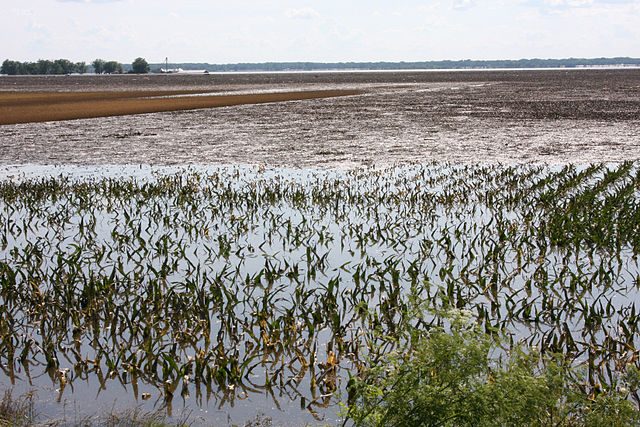Do you remember the last two droughts we had in the Southeast (not counting what is happening in Florida now)? The drought of 2016 started in NW Georgia and NE Alabama as a complete stop in rainfall for a few weeks right when the corn was pollinating. They lost most of the corn crop on non-irrigated fields, and the pastures that were supposed to be feeding cattle went dry, forcing livestock producers to bring in hay from as far away as Missouri. That drought languished over the summer but rapidly intensified in fall with record high temperatures and another period with no rain. And in 2019, we had another period of record high temperatures and a shut-down in rain again over parts of the area (some parts of the Southeast had an earlier flash drought in May when the same thing happened on a smaller scale), again leading to major issues with pastures, fall planting, and problems in harvesting peanuts and some other crops. In all of those cases, the Drought Monitor lagged behind what producers were seeing on the ground. If you understand how the Drought Monitor is produced, that is not a surprise because they have to balance long- and short-term climate variability in a single map, so they are never going to adequately capture the short-term flash drought that is often a problem for forage producers and others who depend on regular rain. I was interested to read some thoughts on this from the Illinois State Climatologist in a recent blog post. You might be interested too–you can view it here.
Since he is writing about Illinois, there are few different trends happening there. Unlike Illinois, the Southeast is getting drier in winter, spring and summer, and is only getting wetter in fall. You might think about how those trends would affect your crop production. Would a drier spring make it harder to get crops established if you don’ t have irrigation? Would a wetter fall make it harder to harvest cotton? Of course, this year’s spring was a lot wetter than normal, so you have to weigh the long-term trends against the natural year to year variability we will continue to see.
